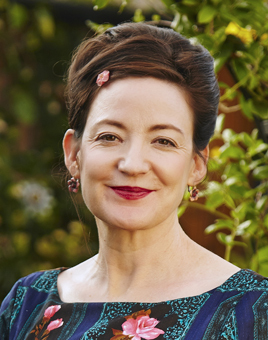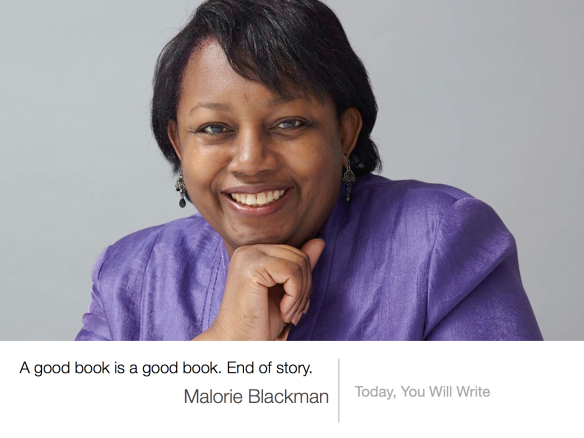Ah, yes. Ben Goldacre. I am not quite sure where to start from, so I guess I’ll go from the very beginning of the book which first introduced me to him.
BEN GOLDACRE is a doctor, academic, broadcaster, and science writer who has made his name unpicking the evidence behind dodgy claims from journalists, drug companies, politicians and quacks. His hugely influential ‘Bad Science’ column ran in the Guardian from 2003 to 2011. His first book, Bad Science, reached Number One in the bestseller charts, selling over half a million copies, and has been translated into twenty-five languages. His second, Bad Pharma, triggered two parliamentary committees and a global campaign to stop drug trails results being withheld from doctors and patients.
That is the first thing you will read as you open up ‘Bad Science’ or at least that is what I found in my edition which was first published in 2009.
I would give a summary of this book like I have done with the others but I simply cannot. It is an indescribable book, both in the sense that it will not do it justice but also the fact that I simply have no words, but it is a book that I am surprised to catch myself referencing often.
And surprised I shouldn’t be. Having a keen interest in science, Ben Goldacre rips apart the fantasy from the evidence and that is something any scientist aims to do, including myself. What he writes should be relevant and it certainly is as I now look at trails from a new perspective, even if they are only Biology exam questions, and am grateful for the knowledge he bestowed on me as I look to embark on completing an EPQ. So I shall correct myself: it surprises me that this book made such an impression on me.
Let’s start at the heart of the book: the voice, the author. I feel that this needs to be established before I mention any parts of this book that have made a lasting impression on me.
Once you hear Goldacre’s voice, you cannot un-hear it. A few pages in and you feel as if he is telling you directly what he is writing and whenever you think back to anything related, his voice never leaves. I found this to be particularly true when I forgot the p value below which a value had to be to be significant in a test. It was very minor thing and although it was never directly taught in lesson, p values were something I came across frequently when looking over scientific studies and my mind was putting a blank over where the number was supposed to be. As I was trying to shift the mists of haziness in my brain, I had a funny feeling to connecting with ‘Bad Science’-just Goldacre’s voice trying to prompt me. Unfortunately for me, the number remained unclear and although I wasn’t far off (0.01 rather than 0.05), it altered whether I thought the value was significant or not.
The thing that gets me most is that I constantly sway about how I feel about this book and Goldacre. It’s a vicious cycle: you are annoyed because you are embarrassed that what Goldacre writes is true, so you are angry with Goldacre but you know you shouldn’t be and Goldacre knows he is right so he is smug which annoys you more…
I’ll stop waffling now and try to concentrate on some more concrete points. Every chapter deserves a mention because of the content but that would make the post too long and you might as well read the whole book.
One of this first things Goldacre does is to outline the features of a trail which make it a fair test, such as blinding, randomisation and meta-analysis. These points are not only helpful when you look at trails outside of this book but also give you a good foundation to be able to think for yourself as Goldacre takes apart whatever he sets out to destroy in each chapter. For me personally this is one of the main things that I take away from ‘Bad Science’, especially as I look forward to the EPQ.
However, I think it is important to understand that-as always-there are limitations. Of course there is nothing right in only releasing trail evidence that supports your claim and stuffing the other evidence in a drawer, however there may be some practical limitations when designing trails-especially when real patients are involved. Before a drug actually makes it to a human trail there are a whole load of other tests it needs to pass, but we’ll just concentrate on the human stage. We all know a large sample is important but in the real world it is hard to come by. You may have twenty patients of which six do not complete the full trail so you are left with 14 subjects, a far cry from the thousands you may have been imagining. In addition, if a patient requires treatment, you cannot give them a placebo: that is unethical as in effect you know that you are denying them treatment. And more often than not the patients may also be on a variety of other medication which could affect the drug you are testing so the results may be nothing like the ones obtained from a lab workbench with controlled conditions. What I also believe to be happening is that to make it in the scientific world you not only need to publish articles, you need to publish them frequently. As a result, many scientists could be inclined to hold back some data to publish in a different article to have another publication under their belt, and although mostly harmless, you never know how this could end up…
Two of the content highlights for me were the classy way Goldacre cut through homeopathy without even batting an eyelid as well as his focus on the placebo. I thought he explained this phenomenon very well considering the mystery of it all. The colour of pills, administration and the ceremony are all part of the effect. For example, one of the experiments he mentions is that students sitting in a boring lecture were told they would receive either a stimulant or sedative. In fact both pills were sugar pills but of different colours and found that the “pink sugar tablets were better at maintaining concentration than the blue ones”. He carries on to say that “since colours in themselves have no intrinsic pharmacological properties, the difference in effect could only be due to the cultural meanings of pink and blue: pink is altering, blue is cool.” Another study suggested that Oxazepam was better at treating anxiety when green and depression when yellow. To have a general picture, a survey of coloured pills currently on the market showed that stimulant medication is usually in red, orange or yellow tablets while antidepressants and tranquillisers are mainly blue, green or purple, as seen in Prozac which comes in white and blue. Capsule’s also seem to come across as more effective than pills, as portrayed by a study using chlordiazepoxide. The ceremony is also vital as in three different experiments an injection of salt-water had a greater effect than sugar pills for blood pressure, headaches and postoperative pain. There are no benefits of salt-water but an injection appears a “much more dramatic intervention than just taking a pill.” Packaging also plays its part and although there are no pharmacological differences in brand-name painkillers and just your standard painkillers, a study done by Branthwaite and Cooper showed that brand-name painkillers are in fact more effective. Although they used aspirin versus sugar pills, both were administered in either “blank, bland neutral boxes” or ” full, flashy, brand-name packaging”. Clearly the aspirin had more effect, but they also found that the flashy packaging increased the effect of both pills. The placebo is a fascinating effect and I have only picked a few examples here. More can be found in the placebo chapter of the book but also one of my friends wrote an article about the placebo on our collective biology blog if you want to have a look: https://wgsbiology.wordpress.com/2017/01/31/mind-over-matter/
‘Bad Stats’ is also a chapter that I would highly recommend to have a greater general understanding of statistics (it’s also that chapter that actually mentions those p values!!). One of the stand out examples for me was on the risk of having a heart attack which looked at the use of something called ‘ relative risk increase’. I’ll use the same example as Goldacre did. Out of hundred men with normal cholesterol, four will be expected to have a heart attack while out of one hundred men with high cholesterol, six will be expected to have a heart attack. This means there are two extra heart attacks per one hundred and this is known as ‘natural frequencies’. This is relatively simple because you do not do anything to a number (unlike with percentages or probabilities) but you just count, like when teachers count the student in their class. For this example you could also have a 50% increase in risk (pretty worrying, right?) which is known as the ‘relative risk increase’ or even a 2% increase, known as the ‘absolute risk increase’, which seems less fearful. Here the take home message is that natural frequencies are not only much easier to comprehend and compare, but also figures, especially statistics about increases, can be portrayed in a number (see what I did there!) of ways, which, while not untrue or intentional, may be misleading.
As intense, and emotionally draining, as ‘Bad Science’ is I would recommend it to anyone, which may be why I have two more of his books on my shelf waiting to be read. What Ben Goldacre says, whether you agree with it or not, is relevant to anyone working or looking into a scientific field. Goldacre went out to tear apart the frills and pretty bows surrounding the actual evidence and that is what he accomplished, and whether you like it or not, someone had to go and it and so you may as well read the accounts from his point of view. And you might, just possibly, even enjoy it...
Key definition:
- Cherry-picking: “Selectively choose from what is available” (definition taken from Google)
“Pick out the trails that give them the answer that they want to hear, and ignore the rest.” Ben Goldacre on Homeopathy in ‘Bad Science’






